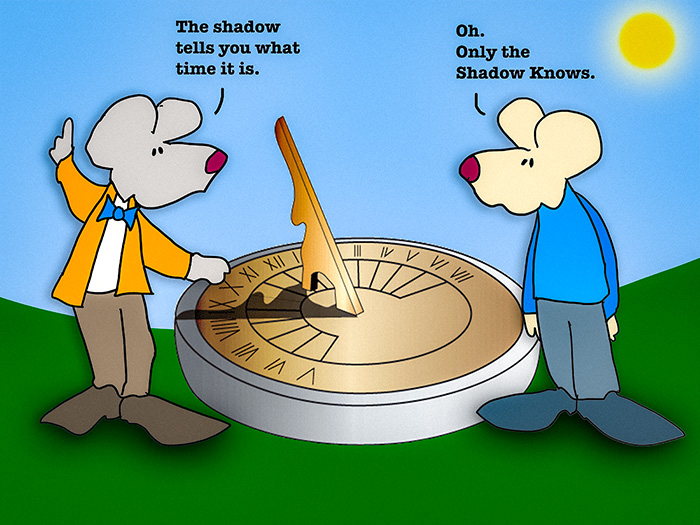There are thousands of songs about times. Poems, stories, fiction, and non. People, the creators of marked time, are a little bit obsessed with it. Some, more than others.
But what is time, really?
When was time created?
When did humans start keeping time?
I love Webster’s primary definition of time. It is so perfect. (That’s why Noah gets paid the big dictionary dollars.)
time | tīm |
noun
1. the indefinite continued progress of existence and events in the past, present, and future regarded as a whole
Whoooooo weeeeee, that’s a good one. Gives me quivers up and down my spine. The past, present, and future regarded as a whole. Yowza folks. The big whopper. All of time, regarded as a whole.
But humans have been keeping time for a long time now. The need for us to gauge the division of every day and night dates well beyond the ancient Egyptians, Greeks, and Romans. It prompted them to create time-keeping pieces, like sundials, water clocks, and other early tools.
And since then, we have evolved in our timekeeping methods, always calling for greater accuracy. We think we finally have it. But. Do we?
Oh, we can split a second, like a frog hair.
And everything these days is in sync. There used to be a time when everyone wound their own watches. “What time do you have Jim?,” someone would ask.
We don’t hear that phrase anymore. Through technology, most watches are wound to the big tick, tick, atomic tock.
Back to the early beginnings. According to archaeological evidence, the Babylonians and Egyptians began to measure time at least 5,000 years ago. Not only were there sundials and such, but also calendars.
That is what the archeologists have found in evidence. We can’t know for certain how the earliest human beings kept track of the time. Of course, the obvious presents itself. They probably relied upon the natural world around them. Things like the movement of the Sun across the sky to track time. Sun up. Sundown. Warm months. Cold months.
Scientists have also noted the use of obelisks and other such structures. The ancient peoples, including Babylonians, Egyptians, Chinese, and Hindus, constructed these things to divide the Sun’s cycle into different timekeeping periods. These obelisks would cast shadows at different periods throughout the day, help them know when to eat dinner, or go to the Ancient Babylonian accounting office for work.
But these obelisks and sundials need the sun to work. Not so great on cloudy days or at night. So those smarty ancient peoples also learned to track the movement of the planets and constellations after dark. Look to the skies.
Yet. My guess is that all creatures notice the passing of time. For instance, animals have internal clocks. Bears hibernating, for one. They, and we, also know the difference between light and dark. And we can feel when we waited five minutes or an hour. We may have different perceptions about how “fast” or “slow” time is moving. This is directly linked to how full our bladders are. Or how hungry we may be.
So. There is a bit of time, out of time. A look at past people. Though we will never know for certain when the humans noticed time? Did it start 5.8 million years ago, with “Orrorin tugenensis,” the oldest human ancestor thought to have walked on two legs?
If so, I bet her watchband pinched her hairy forearms.
So there it is. Once upon a time, for old times’ sake, it’s just a matter of time before time is on our hands. And it’s about time.
=====
“Time is an illusion.”
― Albert Einstein
=====
“Stop and take your time to notice things and make those things you notice matter.”
— Cecelia Ahern
=====
Take care of the minutes and the hours will take care of themselves.”
— Lord Chesterfield
=====
Time. It’s on our hands. Or its hands are on us.
